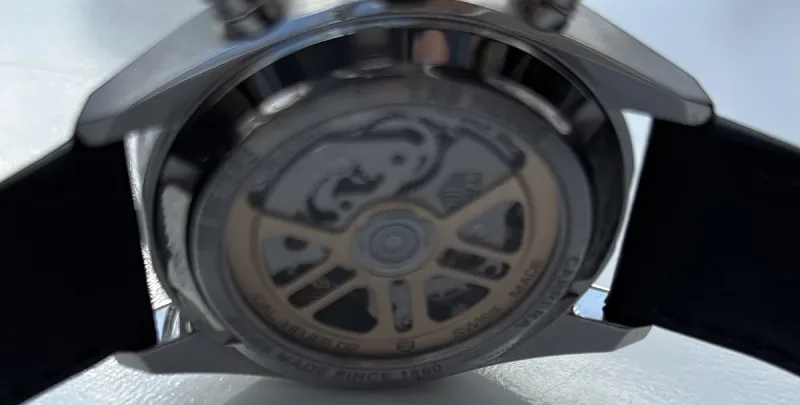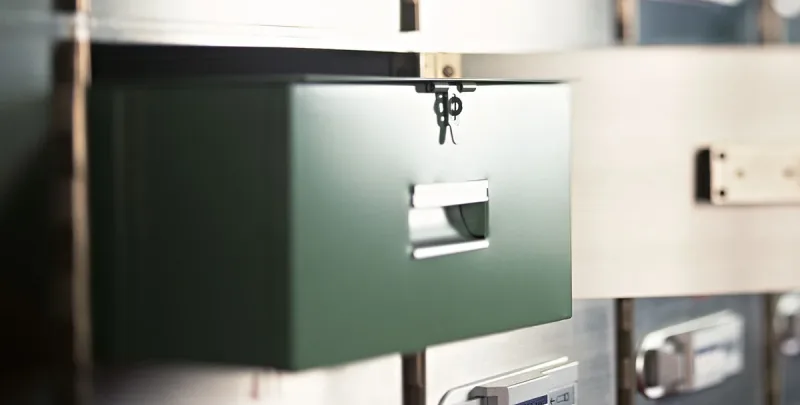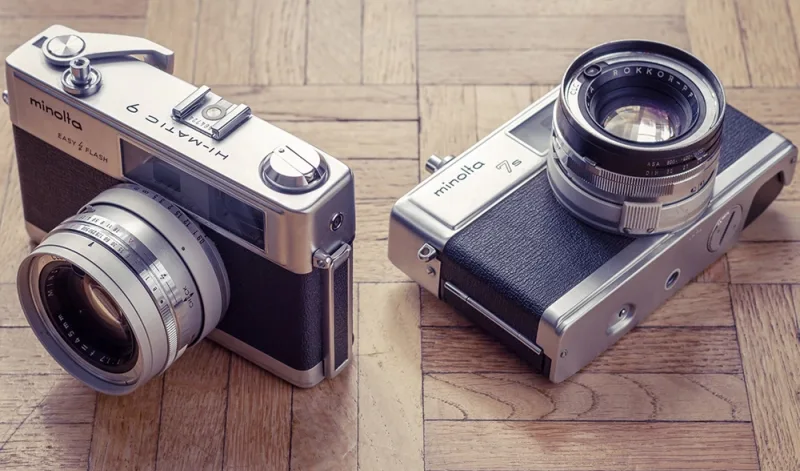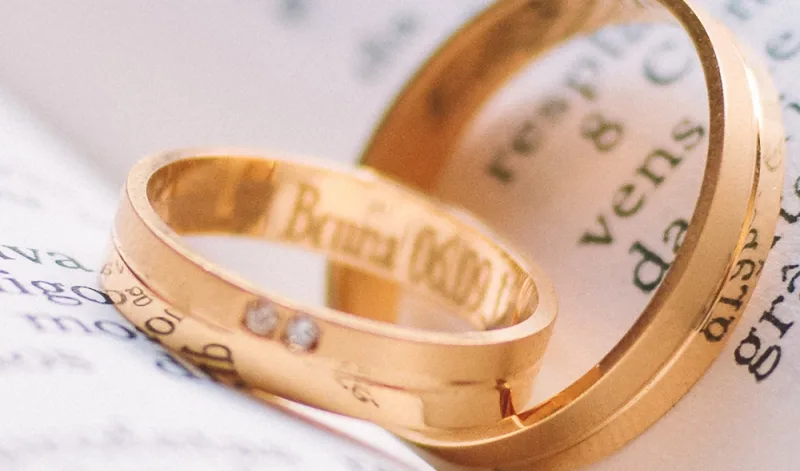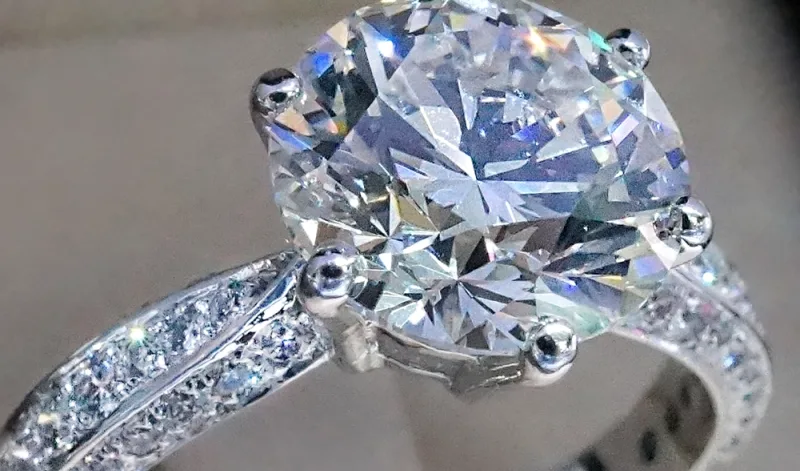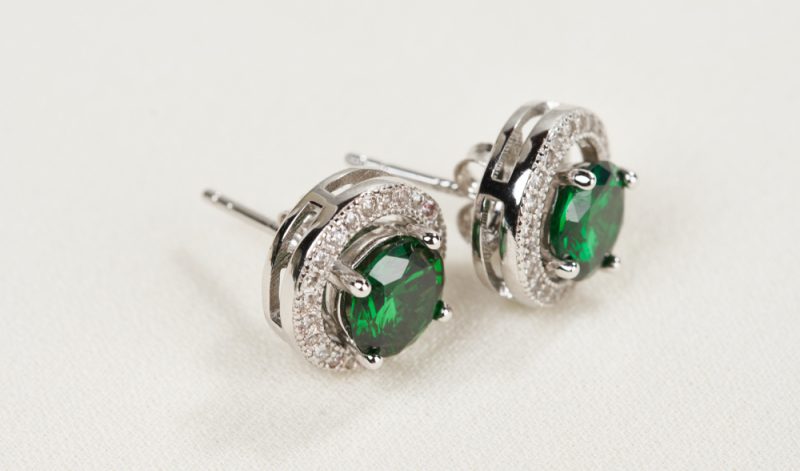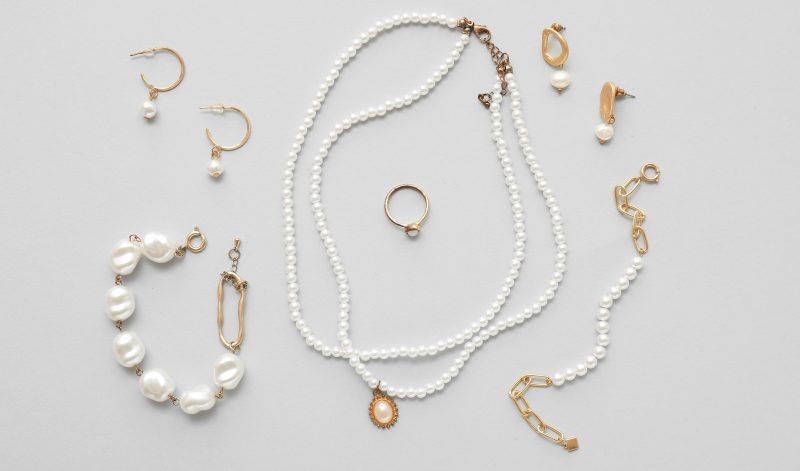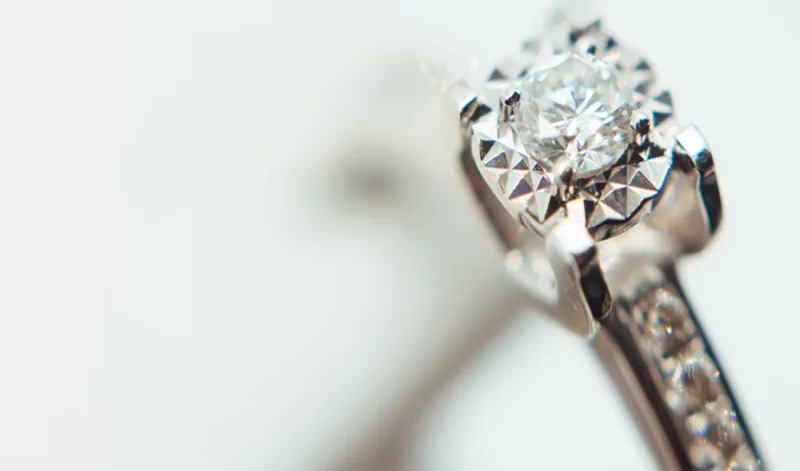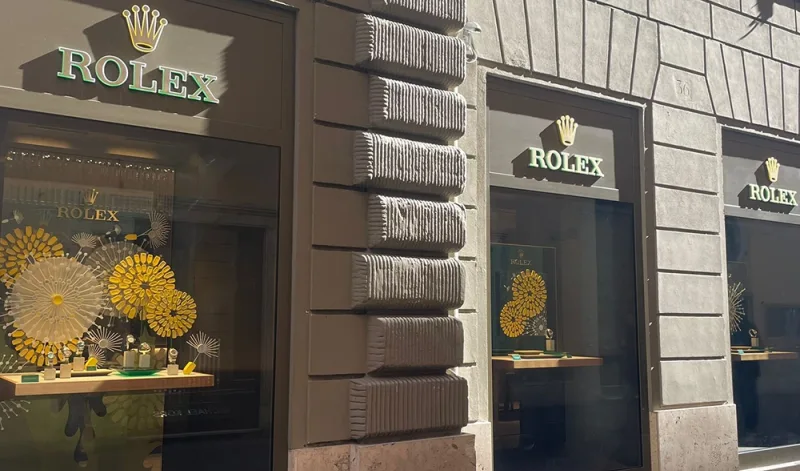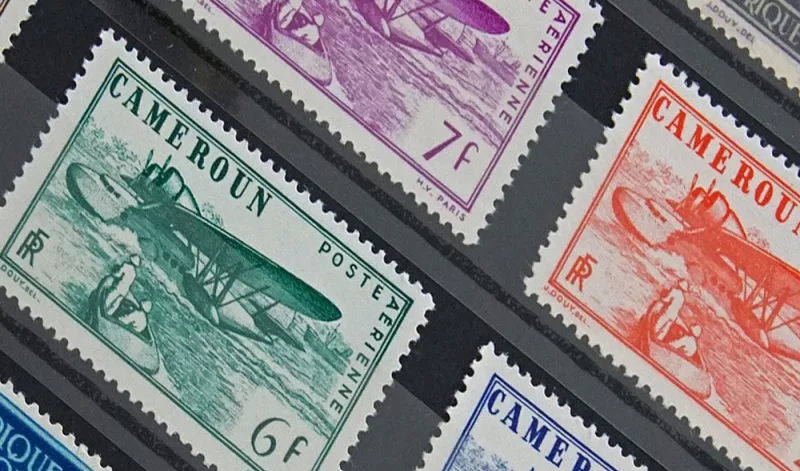Chronograph -
derived from the Greek Chronos & Graph which translates as time
& writing the earliest form of the device was simply a piece of
paper fitted to a circular rotating drum with a pen that marked elapsed
time by marking the paper with ink.
A watch with a chronograph function is one of the most popular
designs of mechanical wristwatch. As well as telling the time, the
basic objective of the chronograph is to act as a stopwatch. Originally
invented as a method of timing racehorses and the velocity of
projectiles, it wasn’t until 1969 that a modern automatic movement
incorporated in to a wristwatch became available.
The simplest and earliest forms of the design incorporated a
chronograph hand, similar to a sweep hand which in normal operation it
is located at the 12 o clock position and released by means of an
additional button on the side of the watch called a pusher. This same
pusher is also used to stop the watch. A second pusher is used to return
the chronograph hand to the start position. A later addition and
further complication was the introduction of the “fly back” chronograph,
this enabled a watch to be operated more efficiently under “real”
conditions such as trying to time a race. With a fly back chronograph,
you can start, stop and return the hand to zero all with the click of
one pusher.
The latest versions still utilise this set up but with the addition
of two small sub dials on the main watch face, displaying the elapsed
minutes and hours (it also possible to obtain a chronograph with a third
sub dial which displays the seconds)
Where present, these dials are also returned to zero by the second
pusher. The ubiquitous Valjoux 7750 with modifications powers most
modern chronographs.
As well as being immensely popular simply because they look good,
chronographs have many uses including: timing of sporting events,
military use and specially graduated models for use by doctors. Some
complications that are produced are:
Asthometer chronographs
A special type of watch for use by Doctors, the asthometer scale, shows at a glance the number of patient respirations per minute. The Doctor starts the chronograph hand as the patient begins a respiration and stops it on completion.
Split Second chronographs or “Rattrapante”
An expensive form of chronograph that can be used to time two separate events, the watch is similar to a standard chronograph but the “Rattrapante” has two second hands, so that it can be used to time two simultaneous events (such as both cars from a formula one team) The Rattrapante hand sits either above or below the main chronograph hand.
Tachometer chronographs:
The tachometer scale is calibrated to show the speed of a moving object, such as a vehicle, over a known distance. A marking scale on the Bezel of a watch, or on the outer edge of the dial, allows you to measure speed of an object over a known distance. The pusher is pressed as soon as the vehicle passes a reference point and then stopped as it passes a known distance marker. The speed of the vehicle is then read from the scale
Telemeter chronographs.
This
type of instrument will incorporate a telemeter scale, using this it is
possible to calculate the approximate distance of a phenomenon (such as
lightning) which is both visible and audible. This device was
originally designed for the military as a crude measure of artillery
distance.
The chronograph hand is started as soon as the object or event
becomes visible. When the audible sound is heard the hand is stopped and
a measurement taken from the scale. The distance will be shown in miles
or kilometres.
Tide chronographs.
Tide
chronographs measure the tides and provide an indication of high and
low water. This type of information is useful to anglers who know that
fishing is more productive at certain states of the tide.
Sailing enthusiasts also make use of tidal watches as knowing the state
of high and low water helps to avoid natural hazards such as sandbanks
At Assetsure we can offer insurance for watches of all description contact our office for a quotation on 0845 677 9335 or complete one of our online forms.
